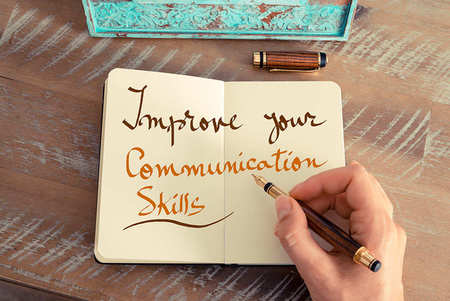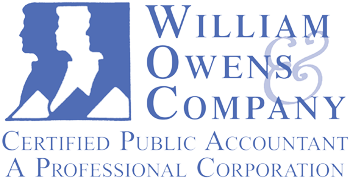
Carefully crafted, plainly understood communication is fundamental to the establishment of relationships, whether personal or business. If there is ever going to be a meaningful exchange of thoughts and emotions it will be through effective communication.
But it’s easier said than done.
To say precisely what you mean without leaving any shred of nuance out of your intended message is a fine art form that takes practice and hard work.
Within the realm of the business sector, there is a heavy, crucial emphasis on enhancing any and all communication skills, whether spoken or written. The reason for this is simple: there is too much at stake to tolerate poor communication.
As noted in an analysis by Elizabeth Rittiman, these five critical workplace communication strategies will help you weed out the poor communication in your company:
- Listen: Communication isn’t all just about you doing the talking. A great deal of communication involves you listening to other people. One mistake people make is that when someone else is talking they tend to only be thinking about what they want to say when it’s their turn to talk again, and therefore they are not fully listening to what is being said to them. That’s when key information is missed.
- Pay Attention to What You Are Saying Without Saying It: Here’s another great example as to how communication is not just about talking. We communicate so much just with the expression on our faces, the gestures we make, and the way that we stand or sit. When interacting with others, always put your best self forward. Make direct eye contact, stand tall or sit up straight, and give firm handshakes.
- Know Your Audience: Have you ever taken notice as to what communication method provides you with the best response? For instance, does your boss not respond to your emails but gives you instant feedback when you stop by her office? Or maybe you have a colleague that takes forever to look at the drafts you email them. Have you thought about printing the materials and giving him a hard copy to look at? Figure out how your coworkers like to receive information, you’ll find things move along more smoothly.
- Remember The Message Sent Isn’t Always The Message Received: Everyone is their own filter, and not everything comes out how we intend it. Many negative situations can arise from making incorrect assumptions, especially in an email or a text message. In these situations, we often find ourselves determining a tone of voice when there is none. Take a step back and ask for clarification face-to-face if you need to so you don’t end up making something out of nothing.
- Get to the Point: Just as you are probably extremely busy with your daily tasks, so are your colleagues. Sometimes a little more background information is needed; other times, it isn’t. Make sure you are concise and clear in what your expectations are in your messaging and you will see a quick turn around in the results. In addition to being direct, keep tips 3 and 4 in mind with this one. Some people might appreciate a little more small talk or respond better with a change in tone.
In addition to these five points, HowStuffWorks makes the following 10 quick tips for good communication habits:
- Handle Conflicts with Diplomacy
- Revive the Great Lost Art of Conversation
- Respect Cultural Differences
- Give Good Feedback
- Give Employees What They Want
- Trust Your People
- Make Employees Feel Like Owners
- Take Your Emotions Out of the Equation
- Don’t Just Hear – Listen
- Make Work Fun
There’s no way around it: workplace communication requires a significant investment in time. However, you will notice the improvement immediately as employees communicate with skill and professionalism that gets results, and it makes all the hard work worthwhile.
